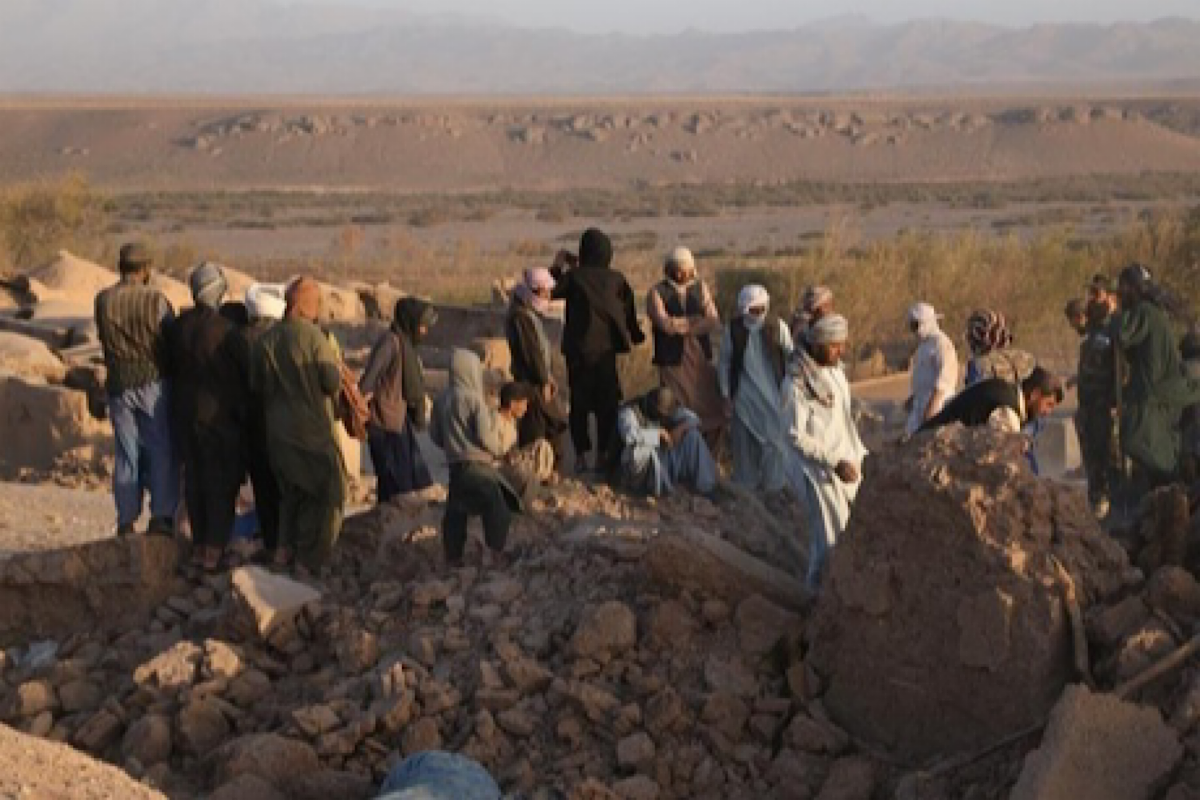Afghanistan, a nation already plagued by conflict, political turmoil and economic hardship, now faces another grim chapter in its tumultuous history a devastating earthquake that has left hundreds dead and thousands injured. On Saturday morning, a 6.3 magnitude earthquake struck western Afghanistan, near the city of Herat.
The first reports from this day were filled with tales of horror as buildings crumbled and survivors watched their world collapse around them. The initial figures indicated a grim picture, with hundreds feared dead and thousands injured. However, the true scale of the disaster is only becoming apparent now.
Advertisement
The toll remains staggering with over 2,000 lives lost and the numbers continue to rise. Entire villages, consisting mostly of mud structures, were decimated, leaving countless families grieving and homeless. In the wake of this tragedy, rescue teams worked tirelessly to find survivors buried under the rubble. The challenges they face are immense, compounded by Afghanistan’s inadequate medical facilities.
Hospitals are overwhelmed, treating casualties both inside their buildings and outside, an alarming sign of the overwhelming demand for emergency care. The earth-quake’s impact extended beyond the immediate loss of life and property. It exposed the vulnerability of Afghanistan’s healthcare system, heavily reliant on foreign aid. Over the past two years, since the Taliban took control, international aid to the country has dwindled, resulting in crippling cuts to essential services. This has left Afghanistan ill-prepared to respond effectively to disasters like this earthquake.
Afghanistan’s suffering doesn’t stop here. It was only a few months ago, in March, when the north-eastern part of the country was hit by another deadly earthquake, sending residents fleeing homes and triggering landslides. Tremors were felt in India and Pakistan, highlighting the seismic risks the region faces. In this context, Afghanistan’s current plight takes on a more profound meaning.
The nation’s ability to recover from natural disasters is hampered by the ongoing crises, both internal and external. Conflict, economic hardship, and political instability have created a perfect storm of suffering for the Afghan people. International support has dwindled since the Taliban took control in 2021.
Frozen foreign reserves and reduced funding have crippled an already aid-dependent economy. The World Bank’s warning that two-thirds of Afghan families are struggling to maintain their livelihoods paints a dire picture. As the world watches Afghanistan grapple with this new disaster, the urgency for international aid and support cannot be overstated.
The earthquake has revealed a nation in dire need of assistance, both in immediate relief efforts and in the long-term reconstruction of its infrastructure and healthcare system. It is a daunting task, but also a moral imperative. The Taliban must realise it cannot live in a state of perma- nent isolation.











